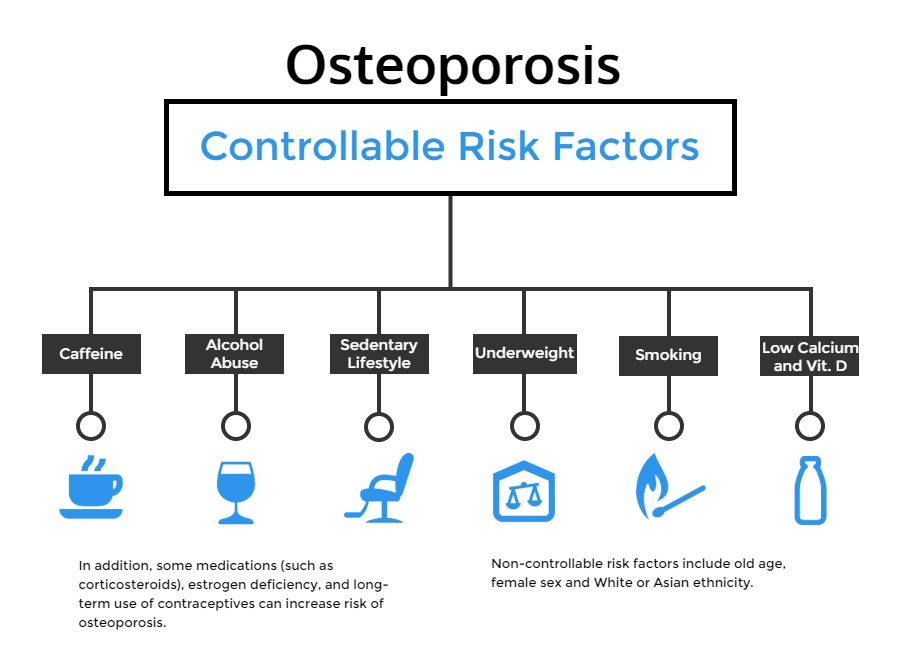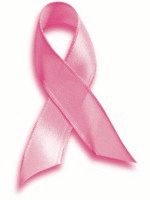Screening for uterine cancer – which affects 2% of women in their lifetimes – is a controversial subject. There is no clear consensus of whether early screening in average-risk women can help prevent cancer deaths. On the other hand, we have a very good idea of what the risk factors for uterine cancer are, and they are relatively straightforward. As a result, the best way to screen for uterine cancer is to simply be aware of whether or not you classify as “high-risk”.
In preventive medicine, there are sometimes risk factors that cannot be controlled and must simply be monitored. In the case of uterine cancer, these are your genetics. If your family has a history of uterine cancer, there is a reasonable chance you have inherited genes that make you more likely to develop this disease. Furthermore, many of the same genetic mutations that can cause breast cancer and are passed down from parents to their children can also cause uterine cancer, so if your family has a history of breast cancer you should also be aware of the potential to develop uterine cancer.
There are also risk factors that are a direct result of actions you take, rather than your DNA. For uterine cancer the first major risk factor is being on hormone replacement therapy, which many women use to control menopausal and postmenopausal symptoms such as hot flashes, sweating, and flushed skin. Taking hormone replacement drugs for 5 years increases the chances of developing uterine cancer 30-fold. While it’s possible to use progesterone to reduce this risk, that has the unfortunate side effect of increasing breast cancer risk, so it is controversial as a preventive tool.
The second major risk factor is Tamofixin use, which is used in breast cancer treatment. However, the risk for developing uterine cancer is generally considered much smaller than the risk of not using tamofixin to treat breast cancer, so while you should discuss this risk with your doctor and be aware of the symptoms of uterine cancer, you should understand that tamofixin is important to your treatment.
There are other, less significant risk factors for uterine cancer, and many of them similarly apply to other cancers and diseases as well. These are things such as obesity, poor diet, tobacco smoke, and lack of exercise. These can be controlled for by living a healthy lifestyle and exercising regularly. Uterine cancer also occurs in a higher rate among women who have never birthed a child, and those with early menstruation or late menopause.
The best way to prepare to beat uterine cancer is to know the risks, know your family history, and know the signs of uterine cancer so you and your doctor can catch it early. The survival rate for uterine cancer is high if caught early – so if you suspect yourself to be at a high risk due to relatives with breast or uterine cancer, be sure to speak to your doctor early in life about the signs you should be on the watch for!

 In October 2015, new breast cancer screening guidelines were published by the American Cancer Society. At the time, we were halfway through the publishing process for our new book. We immediately threw on the breaks and started all over again in order to rewrite the chapter on breast cancer. Even though the ACS is one of several organizations that propose breast cancer screening recommendations, their recent data provides strong evidence that screening too early for breast cancer can do more harm than good.
In October 2015, new breast cancer screening guidelines were published by the American Cancer Society. At the time, we were halfway through the publishing process for our new book. We immediately threw on the breaks and started all over again in order to rewrite the chapter on breast cancer. Even though the ACS is one of several organizations that propose breast cancer screening recommendations, their recent data provides strong evidence that screening too early for breast cancer can do more harm than good.